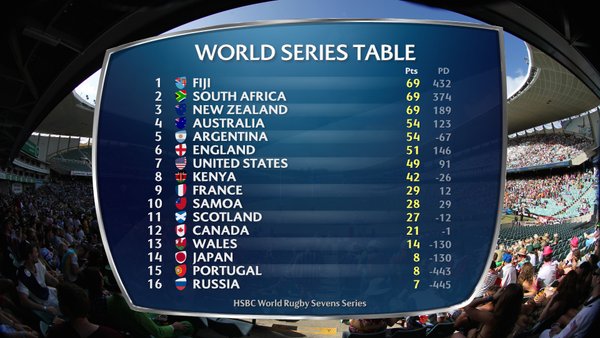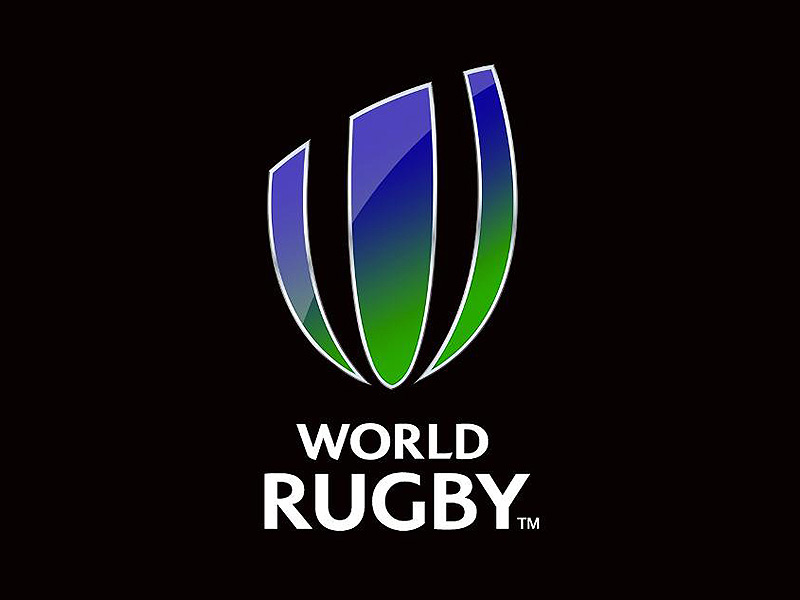Law discussion: When NZ had one too many
If you look carefully at the clip of the Sevens match between Australia and New Zealand in a pool match in Sydney last Saturday, you can clearly see that there were eight New Zealanders on the field/playing when the winning try was scored in a frantic ending to the match.
If you watch the clip, you will see Sonny Bill Williams tackled and two New Zealanders close to him. That's three. The ball goes back to No.10, Rieko Ioane. That's four.
Ioane then passes to his right a long pass and out there are four New Zealanders. One of the four, Tim Mikkelson, runs down the right wing, passes inside to Ardie Savea, also one of the four, who scores under the posts, thus enabling New Zealand to draw and thereby qualify as the top team in Pool A. (It is important to bear in mind that this was a pool match and that both sides made it to the final where they met again.)
That is three + one + four, which = eight.
But it is Seven-a-side. New Zealand had one player too many.
What's to do about such a happening?
Law 3.2 TEAM WITH MORE THAN THE PERMITTED NUMBER OF PLAYERS
Objection: at any time before or during a match a team may make an objection to the referee about the number of players in their opponents’ team. As soon as the referee knows that a team has too many players, the referee must order the captain of that team to reduce the number appropriately. The score at the time of the objection remains unaltered.
Sanction: Penalty at the place where the game would restart.
The permitted number of players is seven. There is no Sevens Variation that differs in any way from this law.
The score remains unaltered.
The match is over, which means there is no chance of New Zealand's being penalised.
It remains possible for World Rugby to examine the case and take whatever steps are necessary.
But the score remains unaltered.
There was a piece in an Australian paper criticising the referee for not picking up the additional player. It would be wonderful if referees had the time and leisure to keep counting team numbers throughout a match. Which is probably why the law speaks of an objection from a team. The Australians would also have been too intensely involved in the play to count the number of New Zealanders.
The referee's assistants and the TMO could have pointed it out to the referee that the seven Australians were outnumbered, but they, too, were probably caught up in the action.
An objection could have been lodged up to but before the conversion.
In matches such as these there are people whose job it is to regulate the comings and goings of players. They give permission for a player to enter the field of play. This is recorded and the time noted and the player brought off is also noted.
Such matches have official timekeepers.
Sevens is so action-packed that referees need these responsibilities lifted from them.
Any suggestion that the referee should have picked up the additional players is ridiculous.
Presumably the eighth man got onto the field improperly, i.e. without permission. That is unacceptable and will no doubt be investigated.
By Paul Dobson
@rugby365com










































